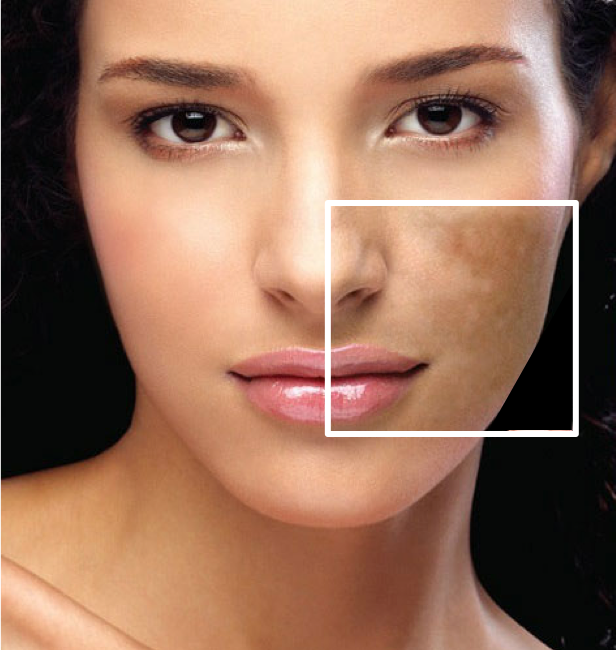excessive sensitivity
Sodium metabisulfite, a sulfite found in Tri-Luma Cream, has the potential to trigger hypersensitivity reactions in susceptible individuals, including serious asthmatic attacks and anaphylactic adverse effects. Provide appropriate treatment and discontinue Tri-Luma if hypersensitivity, asthma, or any other clinically significant excessive sensitivity reactions occur. Furthermore possible that is negatively susceptible to contact dermatitis.
Ochronosis Exogenous
Hydroquinone, an ingredient in Tri-Luma Cream, has the potential to cause exogenous ochronosis, a gradual blue-dark obscuring of the skin, which should prompt treatment interruption. The majority of patients who have this condition are Dark, but Caucasians and Hispanics can also get it.
Effects on the Endocrine Framework
The corticosteroid fluocinolone acetonide is present in Tri-Luma Cream. Foundational skin steroid absorption has the ability to cause glucocorticosteroid deficit following treatment cessation while delivering reversible hypothalamic-pituitary-adrenal (HPA) pivot concealment. During treatment, basic assimilation of skin corticosteroids can also deliver signs of Cushing’s disease, hyperglycemia, and glucosuria. The use of Tri-Luma Cream must be discontinued if HPA pivot concealment is found. Most often, when effective corticosteroids are stopped, HPA pivot capability is restored.
Patients may benefit from being evaluated for HPA pivot concealment using the ACTH or cosyntropin excitement test.
Natural Reactions
Cutaneous excessive touchiness to Tri-Luma Cream’s dynamic components has been taken into account in the composition. Three workers produced responsiveness reactions to Tri-Luma Cream or its components during a fixed test review to determine the level of refinement attainable in 221 workers.
Hydroquinone and tretinoin, two ingredients in Tri-Luma Cream, may cause mild to moderate irritation. Tri Luma cream buy online to treat melasma more effectively than sufferers could have imagined. Local disturbances like skin flushing, stripping, a mild devouring sensation, dryness, and pruritus are possible at the usage site. Treatment is unaffected by brief blushing or a mild devouring sensation. The use of the medication should be stopped if a response suggests excessive touchiness or artificial disruption.
While using Tri-Luma Cream, patients should avoid using sedating or grating cleansers and cleaning agents, cleansers and beauty care products with drying effects, products with high centralizations of alcohol and astringents, and other aggravations or keratolytic medications. Patients are informed that prescriptions that are known to photosensitize will be used in the same manner.
Negative Reactions
Negative response rates observed in clinical preliminary studies of a medication cannot be directly compared to rates observed in clinical preliminary studies of another medication and may not reflect rates observed in clinical practice because clinical preliminary studies are conducted under generally variable conditions.
Unfavorable events were noted in the 161 patients who used Tri-Luma Cream once daily for an 8-week treatment term in the controlled clinical preliminary studies. Throughout these preliminary tests, 102 individuals (63%) reported having at least one hostile event connected to their medication. Erythema, desquamation, consumption, dryness, and pruritus at the site of utilization were the most often reported events. The majority of these occasions ranged from mild to grave in seriousness.
Effective corticosteroids have been used to account for the corresponding neighborhood antagonistic reactions. With the use of occlusive dressings, particularly with higher-intensity corticosteroids, they may occur more frequently from time to time. Adverse reactions are included in an approximated decreasing order of occurrences and include eating, tingling, disturbance, dryness, folliculitis, acneiform ejections, hypopigmentation, perioral dermatitis, negatively susceptible contact dermatitis.





